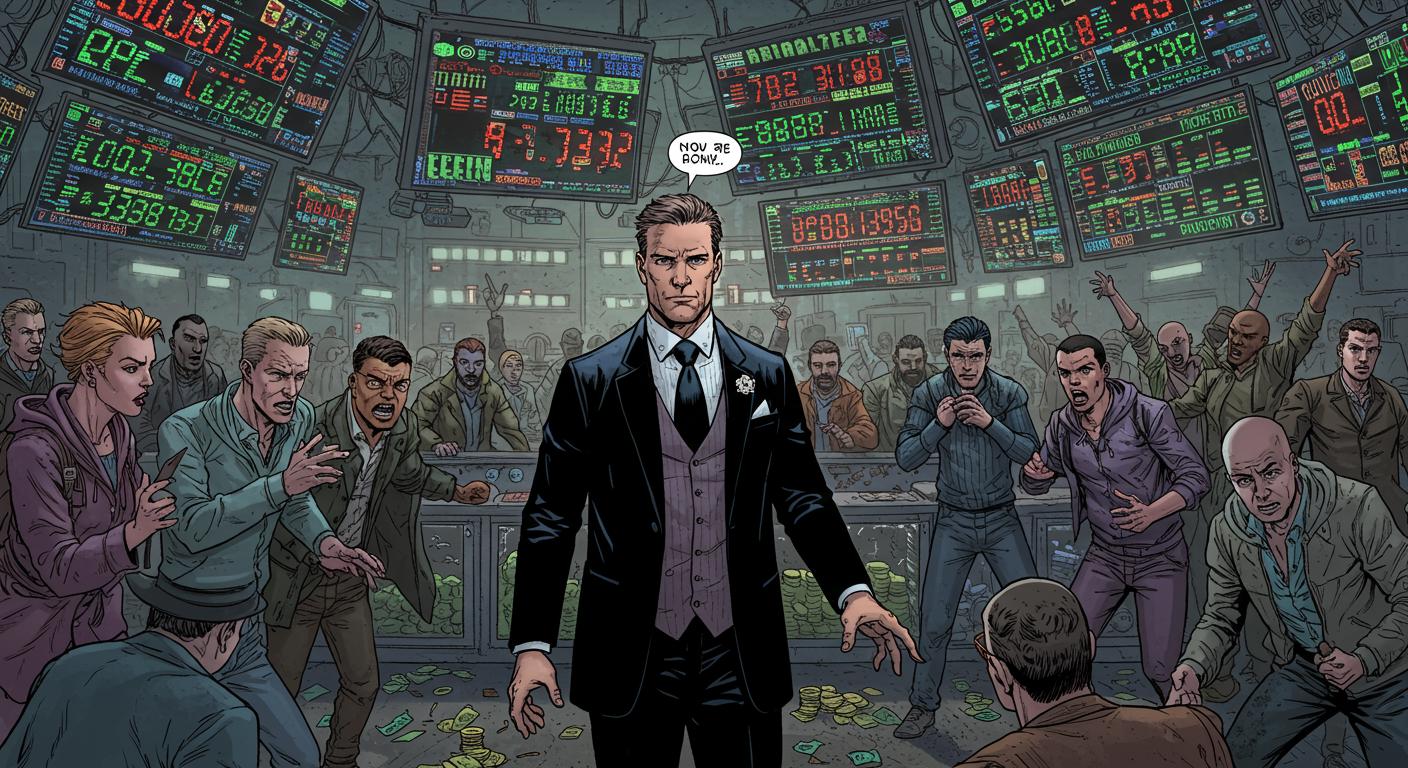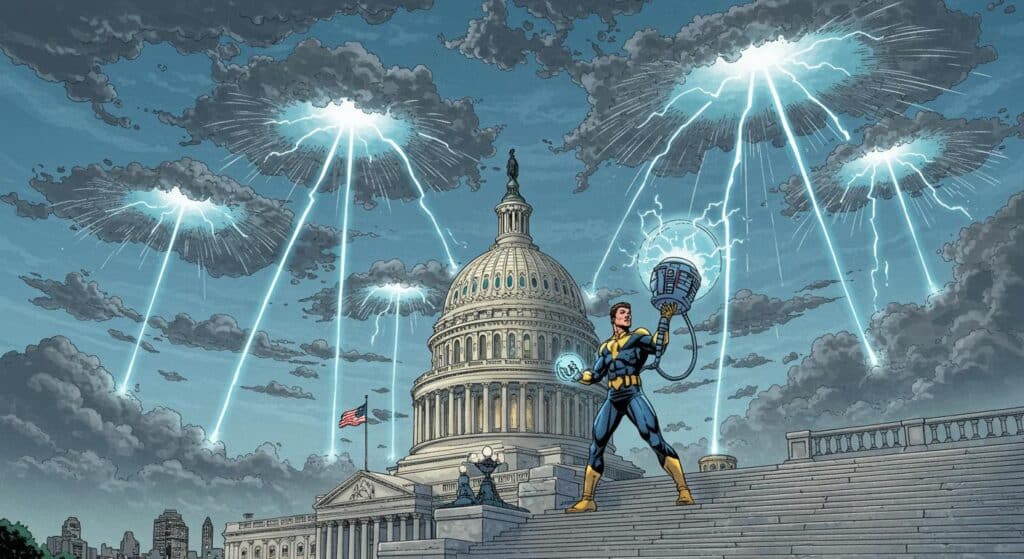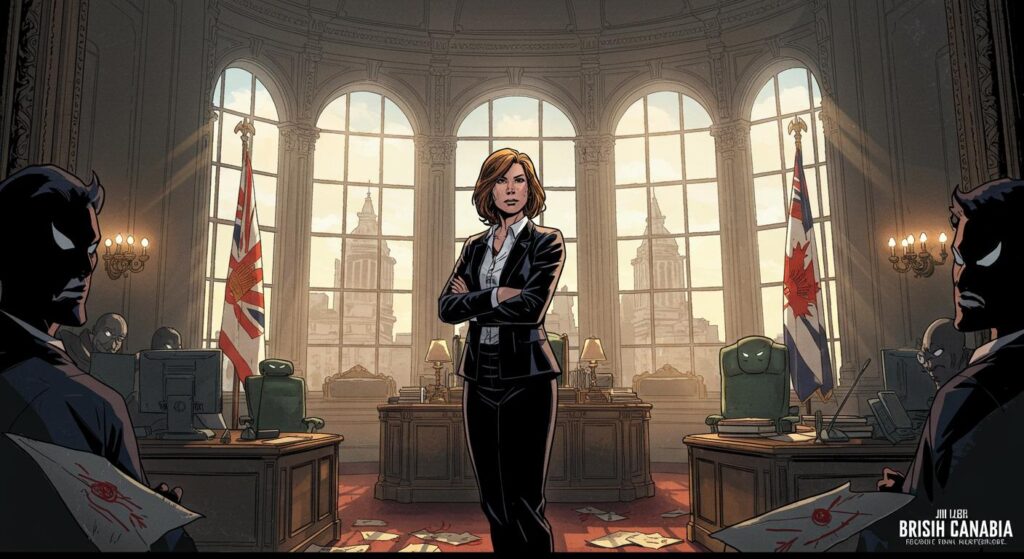There’s an undeniable charm in the moments where our collective obsession with semantics threads its way into global news—especially when that obsession concerns lapels, collars, and the undefined boundary between “suit” and “not quite a suit.” Newsweek brings us the latest dispatch from this oddest of frontlines: Volodymyr Zelensky’s closet, which may or may not contain the most scrutinized jacket on Earth.
If you thought the gravest questions facing prediction markets revolved around grand policy shifts or natural phenomena, think again. Over $12 million poured into Polymarket’s digital ledger, all on one question: Would Zelensky, president and war symbol, wear a suit between late May and the end of June 2025? That’s right—not negotiate a ceasefire, not announce a new strategy, but simply slip into the right configuration of jacket and trousers in front of a camera.
Polymarket, a crypto prediction platform with a taste for the unusual, initially placed Zelensky’s odds of “wearing a suit” at a paltry 3%. This apparently shifted to 19% following the NATO summit in The Hague, after images emerged showing the Ukrainian leader sporting what some observers called a “military-style yet formal blazer” with a buttoned-up black shirt. According to Newsweek’s summary of the event, even with international press present and Polymarket issuing clarifications, the community couldn’t agree if Zelensky had finally crossed the threshold into Suit Country. One jacket, many opinions, much hedging of virtual bets.
The Suit as Statement—and Schrodinger’s Blazer
Not every headline can so beautifully fuse symbolism and sheer minutiae. Newsweek’s analysis makes it clear that Zelensky’s apparent aversion to classic Western business attire isn’t mere habit—it’s intentional messaging. Oleksandr Merezhko, influential as the head of Ukraine’s parliamentary foreign affairs committee, interprets the wardrobe as a political signal: Zelensky remains very much a wartime leader, not a peacetime administrator donning the uniform of the status quo. For a president whose public image leans heavily on deliberate solidarity with frontline soldiers, a suit could look like a peace-time bluff.
But the line between political theater and cloth is blurry. When Zelensky attended formal meetings in the Netherlands and Britain, he favored a black utility-style jacket—carrying the right notes of formality for state dinners and prime-ministerial welcomes, but lacking the unambiguous cues of a traditional suit (tie, lapels, and all). Newsweek collects these observations and notes how this “noticeable departure from his wardrobe choices prior to his now-infamous and disastrous White House meeting in February” kept speculation alive.
Interpretations ranged widely: Is a buttoned-up blazer with matching trousers “close enough” for betting-market purposes? Or do historic rules of tailoring win out, nudging the outcome into “not quite”? Photos from The Hague capture Zelensky standing among a sea of penguin-suited dignitaries, his all-black ensemble neither blending in nor fully breaking rank—a sort of quantum garment inhabiting, paradoxically, both suit and not-suit states.
Crypto Markets and the Wardrobe Wars
It’s hard not to appreciate how modern anxieties manifest as age-old debates, now turbocharged by technology and a dash of tongue-in-cheek financial commitment. On one side, there are the political symbolism purists, who see Zelensky’s continued refusal to “dress up” as a matter of messaging that resonates beyond the superficial. On the other, an army of online sleuths pours over AP images and video stills in search of proof that he has, in fact, wandered—if only for a moment—into the realm of tailored civility.
Newsweek recounts that U.S. President Donald Trump’s advisers repeatedly suggested a change of attire for Zelensky’s visit to the White House. The response—just as direct as his outfits—was a promise to wear a suit “after this war finishes.” For the gambling crowd, this only complicates matters: does a black-on-black, tie-less ensemble worn to a NATO dinner constitute crossing the finish line, or is it all just clever tailoring avoiding technical defeat?
As Newsweek also highlights, Merezhko again weighed in, suggesting that on rare occasions a military-adjacent suit might be permissible, but only “one adjusted to nod to the military,” keeping ambiguity alive for anyone hoping for a decisive ruling by fashion jury or blockchain oracle.
So, Do We Ever Get an Answer?
One could view this all as trivial—as if global affairs shouldn’t hinge on a jacket and the fine print of betting market rules. And yet, there’s something distinctly satisfying about people caring so much about the peculiar. Why does the potential sighting of a suit, rather than diplomatic progress or a battlefield update, ignite such spirited dispute and inspire thousands to wager (some fairly serious) sums on the outcome? Is this the age-old tradition of overanalyzing what leaders wear simply migrated onto crypto rails, or is there something deeper at play in turning semiotics into stakes?
The crux, as Newsweek delicately unwinds, seems to be in the ambiguity—neither the platform’s criteria nor global consensus can pin down exactly what constitutes a “suit” in this charged context. Utility jacket or reclusively formal blazer? Symbolic defiance or subtle adaptation? It might depend less on tailoring than on the hopes and anxieties projected onto every seam.
In the end, maybe what’s most telling is not whether Polymarket resolves its bet, but the fact that so many of us are, in one way or another, compelled to place our own. When history is written by the victors, but sometimes wagered on by the tailor-curious, perhaps the ultimate question isn’t “who wore it best?” but “who decides what it means to wear it at all?”







